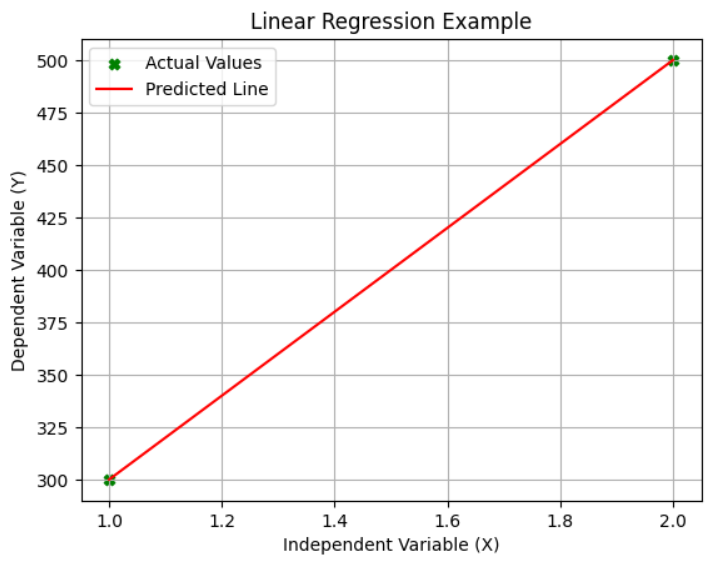Feature Engineering Explained
Published:
Feature Engineering: Unlocking the Power of Data for Machine Learning
Feature engineering is one of the most crucial steps in building successful machine learning (ML) models. It involves creating, selecting, and transforming data features to enhance a model’s predictive power. In this article, I’ll walk you through its core concepts, backed by practical examples, to help you understand how it can significantly improve your model’s performance.
Why Feature Engineering Matters
Machine learning models thrive on patterns found in data, but raw data is often messy, incomplete, or simply not ready for direct use. Feature engineering addresses these issues by:
- Improving accuracy and performance: Better features allow models to capture meaningful patterns more effectively.
- Reducing complexity: A well-engineered feature can replace multiple raw features, simplifying the data.
- Boosting interpretability: Features that align with domain knowledge make model insights easier to understand.
The old saying “garbage in, garbage out” highlights that poor data preparation leads to weak models, no matter how advanced the algorithm.
Types of Feature Engineering
- Feature Creation
- Feature Transformation
- Feature Selection
1. Feature Creation
Feature creation involves generating new features that can better represent the underlying patterns in data. This step often relies on domain knowledge and creativity.
Example: Extracting useful attributes from a timestamp.
import pandas as pd
# Sample data
data = {'timestamp': ['2023-01-04 10:15:00', '2023-01-05 12:30:00', '2023-01-06 08:45:00']}
df = pd.DataFrame(data)
df['timestamp'] = pd.to_datetime(df['timestamp'])
# Extracting useful information
df['hour'] = df['timestamp'].dt.hour
df['day_of_week'] = df['timestamp'].dt.day_name()
In this example, we create hour and day_of_week from a datetime column, making it easier to analyze time-based trends.
2. Feature Transformation
Feature transformation modifies data to improve its suitability for models. It can involve scaling, normalizing, or applying mathematical functions.
Example: Standardizing numerical features.
from sklearn.preprocessing import StandardScaler
# Sample data
X = [[1.0, 200.0], [2.0, 300.0], [3.0, 400.0]]
scaler = StandardScaler()
X_scaled = scaler.fit_transform(X)
Standardization helps models that rely on distance or magnitude, like logistic regression or support vector machines, perform better.
3. Feature Selection
Feature selection helps identify the most important variables, reducing dimensionality and preventing overfitting.
Example: Using SelectKBest to choose relevant features.
from sklearn.datasets import load_iris
from sklearn.feature_selection import SelectKBest, f_classif
# Load data
iris = load_iris()
X, y = iris.data, iris.target
# Select top 2 features
selector = SelectKBest(score_func=f_classif, k=2)
X_new = selector.fit_transform(X, y)
This approach chooses the top features that have the strongest relationship with the target variable.
A Closer Look: Handling Missing and Categorical Data
Consider the following dataset:
import numpy as np
data = {
'Age': [25, np.nan, 35, 29, 42],
'Salary': [50000, 60000, np.nan, 52000, 80000],
'Gender': ['Male', 'Female', np.nan, 'Female', 'Male'],
'Purchase': ['Yes', 'No', 'Yes', 'No', 'Yes'],
'Joining_Date': ['2020-01-15', '2019-11-22', '2018-06-05', '2021-03-10', '2017-09-12']
}
# Creating a DataFrame
df = pd.DataFrame(data)
Example Insights:
- Handling missing values: Replace
np.naninAgeandSalarywith mean values or other imputation techniques. - Encoding categorical variables: Use one-hot encoding for
GenderandPurchaseto convert them into numerical features. - Date feature extraction: Extract
Yearor calculateTenurefromJoining_Datefor added insights.
# Handling missing values
df['Age'].fillna(df['Age'].mean(), inplace=True)
df['Salary'].fillna(df['Salary'].median(), inplace=True)
# Encoding categorical variables
df = pd.get_dummies(df, columns=['Gender', 'Purchase'], drop_first=True)
# Date conversion and feature extraction
df['Joining_Date'] = pd.to_datetime(df['Joining_Date'])
df['Tenure_Years'] = 2025 - df['Joining_Date'].dt.year
With this transformation, the dataset becomes richer and ready for training models, demonstrating how feature engineering can make raw data far more informative.
Best Practices for Feature Engineering
- Understand the domain of your data to create meaningful features.
- Handle missing values carefully using imputation techniques.
- Encode categorical data appropriately (e.g., one-hot or label encoding).
- Normalize or standardize numerical features when necessary.
- Reduce dimensionality to avoid overfitting.
Tools and Libraries for Feature Engineering
- Pandas for data manipulation
- Scikit-learn for scaling, encoding, and selection
- Feature-engine for custom transformations
Conclusion
Feature engineering is both an art and a science, combining technical skill, domain knowledge, and creativity. Mastering these techniques unlocks the full potential of machine learning models. By investing time in creating robust features, you set a solid foundation for success. Start exploring these techniques and let your data tell its story!

